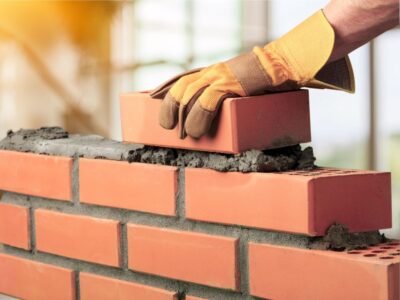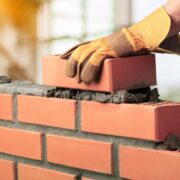Home improves your living space, increases your property value and improves your quality of life. However, when you’re working with a tight budget, finding ways to finance these projects can be challenging. Financing home improvements on a tight budget requires careful planning, creativity, and research.
Assess your needs and prioritize
Before diving into financing options, it’s crucial to assess your home improvement needs and prioritize them. Start by making a list of all the improvements you’d like to make, and then categorize them into “must-haves” and “nice-to-haves.” This will help you focus on the most critical projects first and potentially spread out the costs over time.
Create a realistic budget
Once you’ve prioritized your projects, create a detailed budget. Research the costs of materials and labour for each improvement. Don’t forget to have a buffer for expenses, typically 10-20% of your total budget. Having a clear of your financial needs, you choose the most appropriate financing option.
Explore diy options

The most cost-effective way to improve your home on a tight budget is to tackle some projects yourself. Many home improvements, such as painting, simple landscaping, or minor repairs, can be done without professional help. There are countless online resources, video tutorials and step-by-step guides that help you learn new skills and save on labour costs.
Use cash or savings
Using cash or savings is the most economical way to finance your home improvements. This approach helps you avoid interest charges and debt. Consider setting up a savings account for home improvements and contribute to it regularly. Even small amounts add up over time.
Leverage credit cards wisely
For smaller projects, credit cards are a convenient Home Improvement Financing option. Look for cards offering 0% introductory APR on purchases for an extended period, typically 12-18 months. This allows you to spread out payments without accruing interest. However, be sure you pay off the balance during the promotional period to avoid high-interest charges.
Explore home equity options
If you have built up equity in your home, you tap into it to finance larger improvements.
Home equity loan
A home equity loan provides a lump sum of money repaid in fixed monthly instalments. It typically offers lower interest rates on personal loans or credit cards because your home secures it.
Home equity line of credit (HELOC)
A HELOC works like a credit card you to borrow as needed up to a certain limit. It often has a variable interest rate and provides more flexibility than a home equity loan.
Cash-out refinance
If you have equity and your current mortgage rates are lower than your existing rate, a cash-out refinance might be beneficial. This involves refinancing your mortgage and taking the difference in cash. Remember that these options use your home as collateral, so carefully consider the proceeding.
Home improvement products, such as HVAC systems or windows, offer their financing options. These can sometimes be more favourable than traditional loans, especially for specific products. However, be sure to compare these offers with other financing options to ensure you’re getting the best deal.












Comments